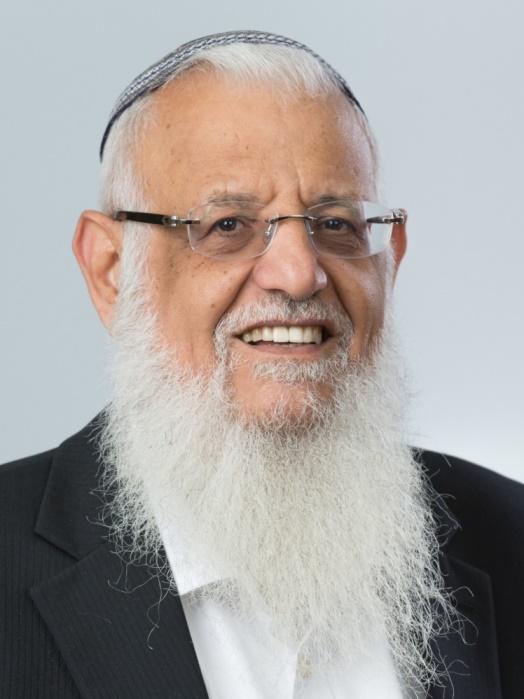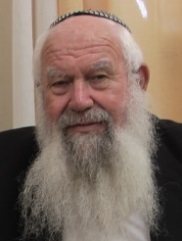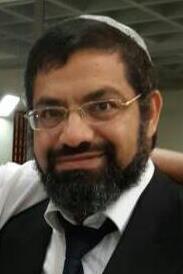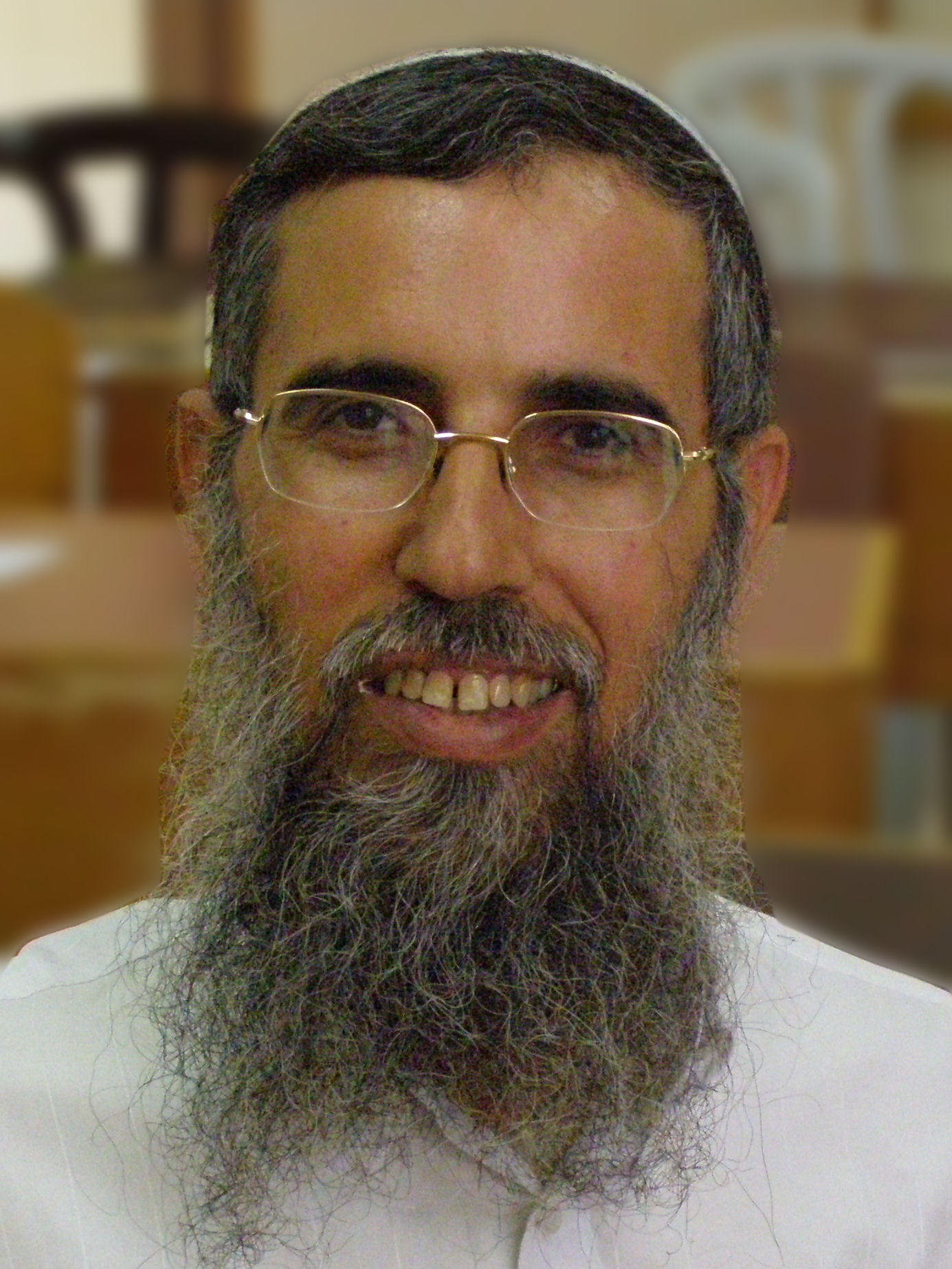The Menorah and the Festival of Chanukah
הרב אהרן פרידמן
ראש הישיבה
The Beit Yosef asks a famous question about Chanukah: Why do we celebrate Chanukah eight days when the miracle of the lights was only seven days (since the oil lit naturally on the first day)? A multitude of answers have been given over the generations, and it seems that no question has generated as many answers as this one. We will attempt to contribute an answer of our own, from reflection on the subject of the Menorah which our "Chanukiyah" serves to commemorate.
It is written in the name of the Gr"A that the components of the Menorah correlate to the five books of the Torah (R' Yitzchak Izak in his book Ohr Torah, and the Gr"I on Pesachim 6):
7 lights in the Menorah are parallel to the 7 words of the first verse of Sefer Bereshis.
11 Kaftorim (knobs) = 11 words of the first verse of Sefer Shemot.
9 Perachim (flowers) = 9 words of the first verse of Sefer Vayikra.
17 Tefachim, the height of the regel (stem) = 17 words of the first verse of Sefer Bamidbar.
22 Geviyim (goblets) = 22 words of the first verse of Sefer Devarim.
So we learned that the Menorah corresponds to the Torah. But the question arises: Isn't the Aron (the Ark of the Covenant) the vessel which contains the Torah? Therefore what is the place of the Menorah?
We can credibly say that the Aron hints at the Torah as it was give to us by the Creator of the world, and the Menorah expresses the manifestation of the Torah within Am Israel. For this reason the dwelling of the Shechina (Divine presence) in Israel is attested to by the western candle, which lights continuously and is directed toward the Kodesh HaKodeshim. From here we can delve into the depth of an additional insight of HaRav Moshe Isserlis (the Ram"a) in his book Torat HaOlah (part 1, ch. 15) that the seven candles of the Menorah correlate to the seven books which the Torah is divided into, as the Sages extrapolate on the verse "she hewed her seven pillars." (Proverbs 9:1)
"Bar Kapara opened the Torah reading – "she hewed her seven pillars" – these are the seven books of the Torah. (The obvious rebuttal is:) But aren't they five? According to Bar Kapara: From the beginning (of Chumash Bamidbar) up to "Vayehi bi'nsoa (ha'aron)" is one book, "Vayehi bi'nsoa" (is another) one, (from there onwards) to the end (another) one. Therefore (together with the other four books of the Chumash) there are seven. (Vayikra Rabbah Ch. 11,3. Also quoted briefly in Shabbat 115)
Therefore we learn that Sefer Bamidbar is divided into three books: 1) from its beginning to "Vayehi bi'nsoa" 2) "Vayehi bi'nsoa" itself, 3) from there to the end of the book. If so, we gain the additional benefit of understanding the significance of the western candle, which according to the halacha (Rambam Halachot Beit HaBechirah ch. 13 halachot 8 and 12) is the middle candle, directed toward the western side [According to the halacha which states that the Menora stands between north and south].
The middle candle is the fourth book, meaning from the beginning of Sefer Bamidbar to "Vayehi bi'nsoa" which focuses on the "accounting" of B'nei Israel according to their numbers and their flags, and also on the sacrifices of the princes. The significance of this book is the favor and importance of Israel, who are counted before G-d and who sanctify His tabernacle. If we say that the seven stems express the seven books of the Torah, then we have no alternative other than to say that the eight candle parallels the book of Yehoshua. The book of Yehoshua, which would have been proper to been given to Israel even if they hadn't sinned, expresses the manifestation of the Torah by a nation living in its land. Torat Moshe was destined to be performed in the land of Israel, under Israeli sovereignty. And this is exactly what the book of Yehoshua expresses: its first part is about the conquest of the land and the beginning of Jewish sovereignty, and the second part details the division and the settlement of the land.
On Chanukah we commemorate and perpetuate the miracle of the lighting in Beit HaMikdash; from there emanates the light of Torah. But no less important is the miracle of the victory over the Greeks, as the Rambam says in Halachot Chanukah:
In (the time of) the Second Temple, when the Greek kingdom dictated decrees on Israel and abolished their religion and didn't allow them to learn Torah or observe the mitzvoth, and they put their hands on their property and their daughters, and they entered the Heichal (sanctuary) and committed desecrations and defiled that which was pure, and Israel was severely tormented by them, and they oppressed them greatly. Until the G-d of their fathers had mercy upon them and delivered them from their hands and saved them, and the sons of Chashmonai the high priests prevailed and killed them, and they delivered Israel from their hands and appointed a king from the Kohanim and the kingdom returned to Israel for over two hundred years until the second destruction.
It stands to reason that this is the significance of the eighth candle – Sefer Yehoshua, the book of conquest and sovereignty, which reappeared and illuminated in the days of Beit Chashmonai, who returned the kingdom to Israel.
קוד השיעור: 9227
לשליחת שאלה או הארה בנוגע לשיעור:
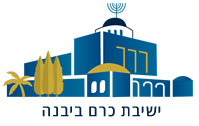
 (1).jpg)

.jpg)
